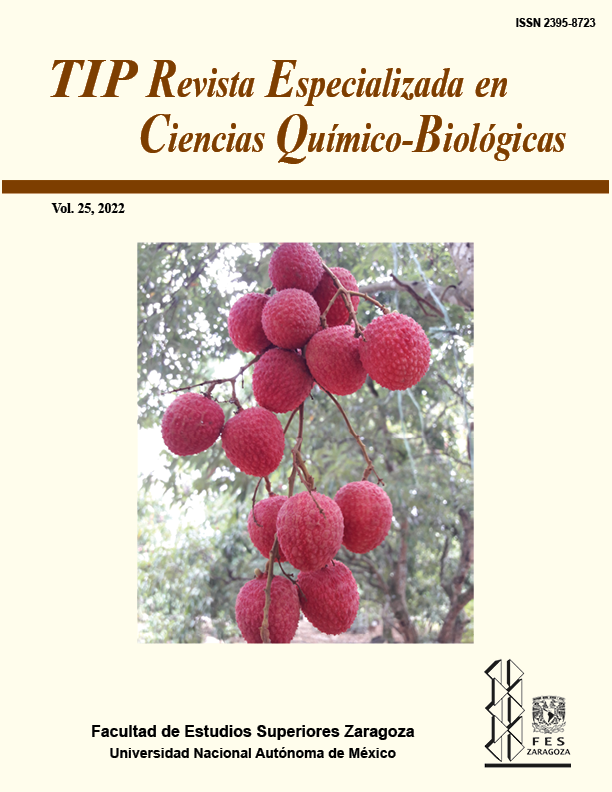Abstract
Protein tyrosine phosphatase PTP-PEST, also known as PTPN12, is ubiquitously expressed and it is regulated by the phosphorylation of serine and threonine residues. PTPN12 gene is located, in humans, in chromosome 7q11.23. The coded protein comprises an N-terminal region, followed by a tyrosine phosphatase catalytic domain, and a C-terminal tail containing sequences rich in proline, glutamic acid, serine and threonine (PEST), as well as an NPLH (asparagine, proline, leucine, histidine) sequence that functions as a docking site for proteins involved in signal transduction.
PTP-PEST regulates various physiological processes such as cell migration, immune response and neuronal activity by phosphorylating multiple substrates; among them several cytoskeleton adaptor proteins such as paxillin, and others involved in signal transduction pathways, some of which have not been completely elucidated.
PTP-PEST is altered in several diseases such as cancer, and has been studied as a therapeutic target. This review focuses on its classification, structure and both its physiological and pathological roles.
TIP Magazine Specialized in Chemical-Biological Sciences, distributed under Creative Commons License: Attribution + Noncommercial + NoDerivatives 4.0 International.



